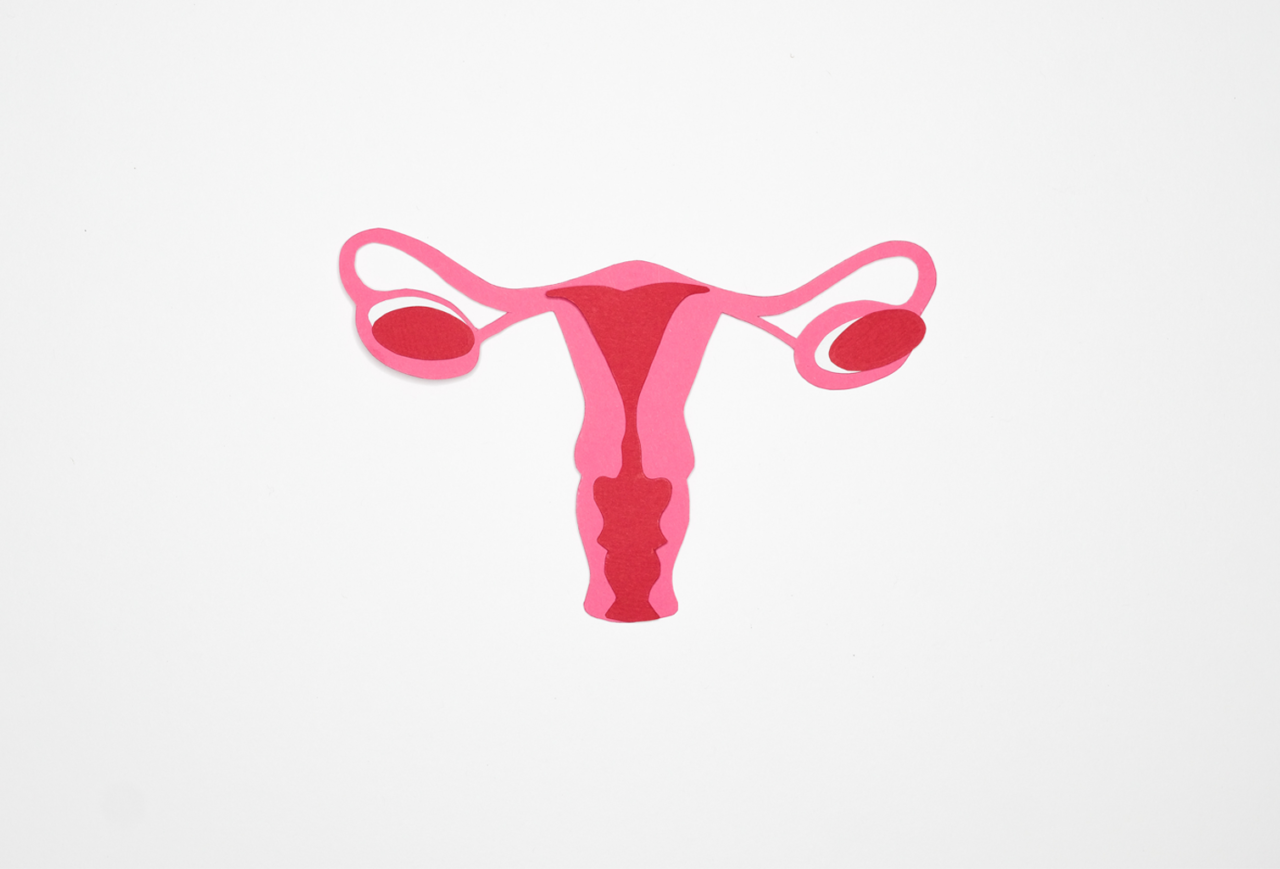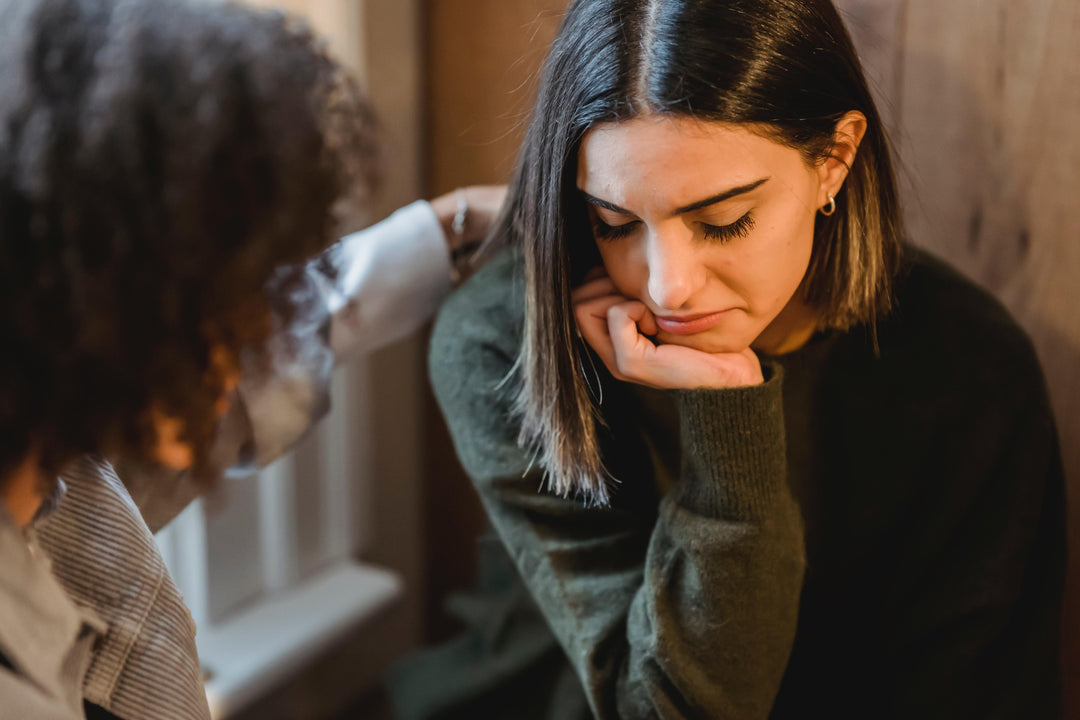Ovulation – Everything you need to know!

Ovulation is a part of your period, most people is aware of this. But did you know that you can ovulate for up to 400 times during your fertile years?! What is actually going on in the body when we ovulate? This is something that many women aren’t fully aware of. Let’s change that!
Understanding your ovulation, how does it work?
Ovulation is a part of your menstrual cycle and happens once a month, most commonly 14 days before your next period starts. Ovulation must happen for you to become pregnant, and it is at this particular time you have the highest odds to conceive.
On both sides of your womb you have ovaries. During the first half of your menstrual cycle, several eggs will mature in your ovaries and get ready for ovulation. They will all grow and mature, but it is only one of them that will mature enough and eventually release (ovulate) and start they journey through the fallopian tube. The ovulation will occur when the hormone levels are at exact balance.
You have two ovaries and two fallopian tubes (on the right and left side of your womb) but in most cases only one mature egg will release. However, in rare cases, one egg from each ovary can release, and if they are fertilised, you will have twins. The egg will stay in the fallopian tube between 12-24 hours. Either it is fertilised by a sperm and you will become pregnant, or it will be transferred out of the body 14 days later as your period.
Due to oestrogen levels, your discharge will be more watery during ovulation. This is to make the sperms way to the womb and fallopian tube easier. The sperms can live inside the female reproductive organs for as long as five days. Soon after the ovulation, your body temperature increase with approximately 0,5 degrees Celsius.
Ovulation step by step (what’s happening in your body during ovulation)
- During the first half of the menstrual cycle, the hormone FSH is produced.
- The ovarian follicles will grow and start producing the hormone oestrogen.
- The endometrium in the womb will grow and become thicker, it’s preparing to receive a fertilized egg.
- At day 14, the oestrogen levels reach a certain level and luteinizing hormone will release.
- One of your follicle will bursts and a mature egg will be released from one of the ovaries.
- The egg is captured by one of the fallopian tubes and transported to the womb.
-
The egg is fertilized by a sperm and attaches to the uterus or will die and leave the body – you get your period!
When do you ovulate?
Most commonly, ovulation occurs in the middle of your menstrual cycle, about 14 days before your period starts. The average menstrual cycle is 28 days but can vary between 21-45 days. The first day of your period is the first day of your menstrual cycle. If your menstrual cycle is 28 days, you will most likely ovulate around day 14. The days before and the day after your ovulation is the days when you are most fertile.
Signs and symptoms of ovulation
Some women notice that they're ovulating when their discharge changes, feel sore breasts or a swollen belly. Not everyone experience these changes though, but some have a more difficult day, experiencing things such as nausea, pain in the back or stomach.
Common sign and symptoms
- Sore breasts
- Increased sex drive
- Increased body temperature
- Pain in one side of the stomach
- Pain in the back
- Spotting (light bleeding)
Ovulation pain (mittelschmertz)
Most women have experienced some type of pain or discomfort during their period but it’s not as common to experience ”period-like” symptoms during ovulation. Pain during ovulation is not dangerous but can of course be troublesome. It’s most often experienced on either the left or right side of the stomach since the pain originates from either the left or the right ovary.
There is no perfect answer to why some women experience pain before or during ovulation and some don’t. It can be caused by the ovulation process itself, when the follicle ruptures and possibly a tiny amount of fluid or blood is released. It can also be contractions from the fallopian tubes as they transport the egg to the womb. The intensity and length of the discomfort varies, some women experience pain for a few moments, or hours, whilst others experience them for a day or two. If you experience severe pain or have pain for several days whilst ovulating, you should contact a clinic or your GP for advice and treatment.
Is painful ovulation dangerous?
The short answer is no, it is not. It is common and usually harmless to have discomfort or experience pain during ovulation. Some women even experience a small vaginal bleeding (also known as spotting).
However, it can be a symptom of an underlying medical condition, which can be good to assess, so if you are worried, contact a clinic, your GP or midwife. Examples of underlying causes (which also can result in fertility problems):
- Endometriosis: An inflammatory disease where cells, similar to the once in the lining of the uterus (the endometrium), grows outside of the uterus.
- Sexually Transmitted Infections (STIs): STIs like chlamydia can cause inflammation and additional scaring in and around the fallopian tubes which can cause ovulation pain.
- Scar Tissue: If you e.g. have had a c-section or removed your appendix, the remaining scar tissue can cause ovulation pain




 EUR
EUR



Lämna en kommentar